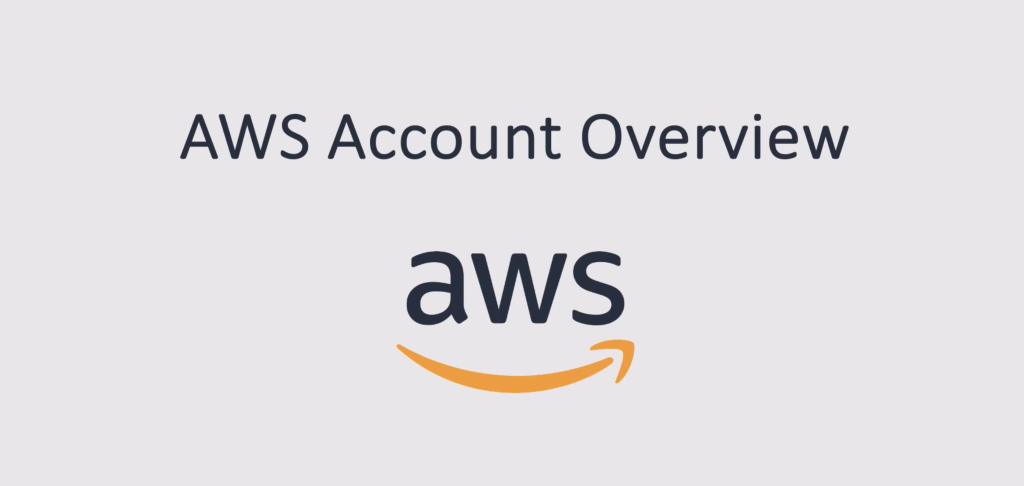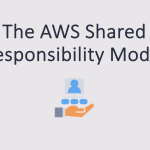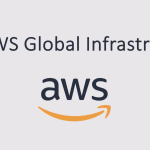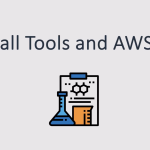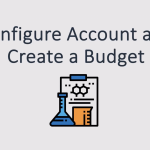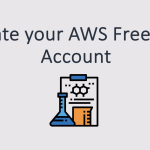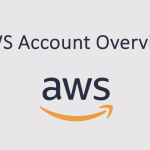I’m going to give you a brief overview of what AWS accounts are, how we create them and how we manage them.
And then in the next lesson,
I’m gonna show you how to create your own free tour account on Aws.
So to get started, what do you need to open an Aws account?
The first thing is you will need a credit card. Secondly, you’re going to need a unique email address and by unique, I mean it cannot be associated with any other AWS account.
Now you can create multiple Aws accounts but you will need a different email address for them. But the credit card can’t be the same. I often use dynamic email aliases. So if your email address was John at gmail.com, you can do John + Aws account one at gmail.com and then Aws account two at gmail.com and so on. That’s a dynamic email alias. It works with Gmail, it works with some other mail services as well. So once you’ve got these two things, you can create an Aws account.
Now, when you do so it’s going to create something called the account root user.
Now the account root user logs in with the email address that you created the account with. So there’s gonna be an email address and a password. Now, the root user has full control over the account. You also cannot limit most of the permissions associated with the root user. For that reason, It’s an all-powerful account and we don’t want to use it. The best practice is to set a very strong password and then not use the root user account unless you specifically need to.
What we do instead is use the identity and access management service. I am with I am we can create users, groups, roles, and policies. So what we do is we create a user account, we then create a group to put the user into and then we associate a policy that has permissions to that group. You’ll see how to do this in another lesson that users can have uh a user name, like your own name. I use Neil, of course, and so that is the user that you are then going to use subsequently to log in to AWS.
So it’s very important to remember that it is an I am best practice to create individual users and to avoid using the root account unless you specifically need to, and there are a few cases where the root account is required. So we have our AWS account, and we can log in through the management console.
That’s gonna be the easiest way to get started and from there, what we need to do is authenticate. So when we log in with an IAM principle, like a user account, we essentially have to authenticate and of course, we have these different methods of accessing AWS and managing it. We can use the console. We can also use the command line interface or if we’re developing code, we can leverage the API through a software development kit, but we always need to authenticate prove who that we are. Who we say we are.
For example, with a username and password. If you’re logging into the management console, then we get authorized to access certain resources and this is defined through policies.
The policies define what resources we’re allowed to access and what level of access we have.
For example, we might have access to EC2 instances, RDS, and databases in free and low balances. Now, all identities and resources are created within the AWS account. There are ways that you can have multiple account structures where you can centralize some of the management, but each of the users will exist in one place and then you have to implement measures to access resources across a different accounts.
So that’s it for this lesson.
We’re gonna go ahead in the next lesson and create our free to account
and make sure you’ve got a unique email address and a credit card ready.
